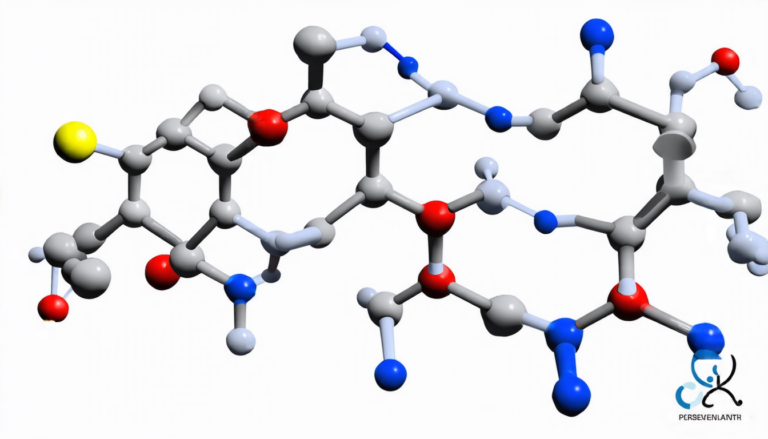Wednesday 30 April 2025
Cells are incredibly adept at navigating their surroundings, detecting subtle changes in their environment and responding accordingly. But how do they do it? A new study sheds light on the intricate mechanisms that enable cells to detect chemical gradients, a crucial process for many biological functions.
To understand this phenomenon, scientists have long been fascinated by the way yeast cells respond to pheromone gradients. Yeast cells are simple eukaryotes that can grow and divide rapidly, making them an ideal model organism for studying cellular behavior. When exposed to a pheromone gradient, yeast cells polarize, meaning they develop asymmetrical structures and move directionally towards the source of the signal.
Researchers have long known that yeast cells use a complex interplay of signaling pathways and molecular interactions to detect and respond to pheromones. However, the precise mechanisms by which they achieve this directional sensing remained unclear. To tackle this question, scientists employed a combination of mathematical modeling, computational simulations, and experimental validation.
Their approach involved developing a novel framework that quantifies the information contained in chemical gradients. This framework, based on the principles of information theory, allows researchers to predict the maximum amount of information that can be extracted from a given gradient. The team then used this framework to analyze the behavior of yeast cells exposed to pheromone gradients under different conditions.
The results were striking: by combining mathematical modeling with experimental data, scientists found that yeast cells are capable of detecting incredibly small changes in pheromone concentration. In fact, their study revealed that even a single receptor on the surface of a yeast cell can detect a gradient as subtle as 0.01% change in pheromone concentration.
But how do yeast cells manage to extract this information from such subtle signals? The researchers discovered that the answer lies in the intricate dance between ligand binding, receptor activation, and molecular interactions within the cell. By modeling these interactions using computational simulations, they were able to pinpoint the key parameters that govern directional sensing in yeast cells.
The study’s findings have significant implications for our understanding of cellular behavior and its applications in fields such as biotechnology and medicine. For instance, researchers may be able to design new strategies for targeting specific cell types or modulating cellular responses using carefully crafted pheromone gradients. Furthermore, the framework developed in this study could be adapted to investigate directional sensing in other biological systems, shedding light on the intricate mechanisms that underlie complex behaviors.
Cite this article: “Cells Secret Sense: How Yeast Cells Detect and Respond to Chemical Gradients”, The Science Archive, 2025.
Cells, Yeast, Pheromone, Gradients, Signaling Pathways, Molecular Interactions, Directional Sensing, Information Theory, Ligand Binding, Receptor Activation
Reference: Tau-Mu Yi, “Information bounds on the accuracy of cell polarization” (2025).







